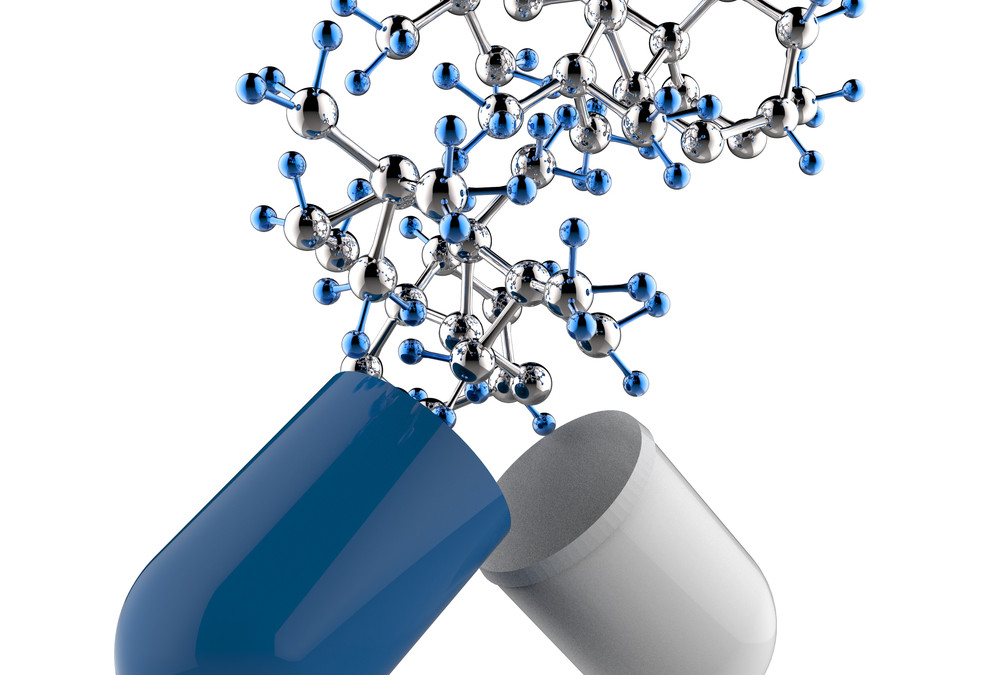Low back pain can be unbearable at times and nobody wants to go through the day suffering in unnecessary pain. Non-steroidal anti-inflammatory drugs (NSAIDs) are commonly prescribed for patients suffering lower back pain and inflammation. For short periods of time, these medications often provide you with the mobility necessary to function in everyday life until the injury heals.
But for chronic pain that lasts an extended period of time, it’s wise to examine the side effects and risks of prolonged medication usage for low back pain.
If you, a loved one, or a coworker are struggling with lower back pain it’s helpful to understand the risks and benefits of drug therapy and alternative methods of treatment to create a long-lasting plan focused on safety, health, and wellness.
Aspirin, naproxen, ibuprofen, prescription drugs, and COX-2 inhibitors are the most common types of NSAIDs. The list of possible side effects from long-term use can be rather frightening and includes such ailments as stomach bleeding, ulcers, kidney damage and dysfunction, iron loss, gastrointestinal irritation, blurred vision, drowsiness, headaches, and dizziness.
Many patients believe that prescription drugs are less likely to cause side-effects but that’s not true. If taking prescription drugs, be sure to talk to a healthcare professional about other supplements and medications you are taking in order to avoid any issues with decreased effectiveness or increased risk of side effects.
Common Drug Types and Side Effects
| Drug Type | Side Effects |
| Aspirin | Possible effects are ulcers, stomach bleeding, damage to kidney function and gastrointestinal (GI) irritation |
| Ibuprofen | GI irritation, stomach bleeding, iron loss, kidney dysfunction, drowsiness, dizziness and blurred vision |
| Naproxen | GI pain, headache, and dizziness |
| COX-2 inhibitor | Newer on the market and still unknown if cause fewer stomach problems |
| Prescription drugs | Have not been proven to help any more than over-the-counter NSAIDs or to have less side effects. Have to be more careful with other supplements and medication taking while taking prescription drugs. |
So what can you do to get rid of back pain?
While pain medications will temporarily decrease inflammation and decrease your pain, medications can’t fix the mechanical issue that is causing the pain in the first place.
In fact, what is causing the pain may continue and even get worse. Those pain signals are telling you it’s time to make some changes.
A holistic approach to lower back pain can reduce the need for prescription medication and improve your quality of life. Here is a short list of the most effective ways to heal your low back pain.
Exercise
Exercise, including strength training and stretching, is one of the most effective treatments for back pain. Weakened muscles in the body’s torso area make it difficult to move through life without pain. So whether you are an elite athlete or stay-at-home parent, it’s essential to have a store core. Read more about the inner core here and watch the video to start strengthening your core today.
Reduce Stress
Reducing stress and tension is also helpful. When the body is tense and tight, blood can’t flow easily through muscle fibers and toxins can become trapped leading to back pain and other physical problems. When you take in deep breaths or laugh, you improve your circulation which brings more blood flow to tight muscles. Watch a comedy, go for a relaxing walk or take a couple of minutes to take in deep breathes to reduce pain.
Posture and Ergonomics
Workplace ergonomics and posture are important factors to consider. Standing desks have become popular for this reason. Many office workers have replaced their desk chair with exercise balls in order to keep their hips rotating freely and get passive exercise that strengthens their pelvic muscles, leg muscles and the lower back.
Correcting your posture will take a load of stress off of your lower back. It can also help you breathe easier and move better, reducing pain and stress on the joints and muscular system.
Weight loss
Muscles that are weakened by lack of exercise or stress and tension are already working hard and carrying extra weight around can make it feel impossible to recover from chronic pain.
Pay attention to dietary needs and avoid highly processed foods that aren’t nourishing. Drink plenty of water, and take the stairs more often. Rapid weight loss isn’t healthy, so avoid fad diets. The best approach is to add healthy habits instead of subtracting your favorite vices.
Addressing the underlying issues that are leading to your back hurting. Take action other than just relying on pain medications for long term success in combating low back pain.
If you have questions about your back pain or would like a holistic program for treating your low back click here to see if Telespine is right for you.
